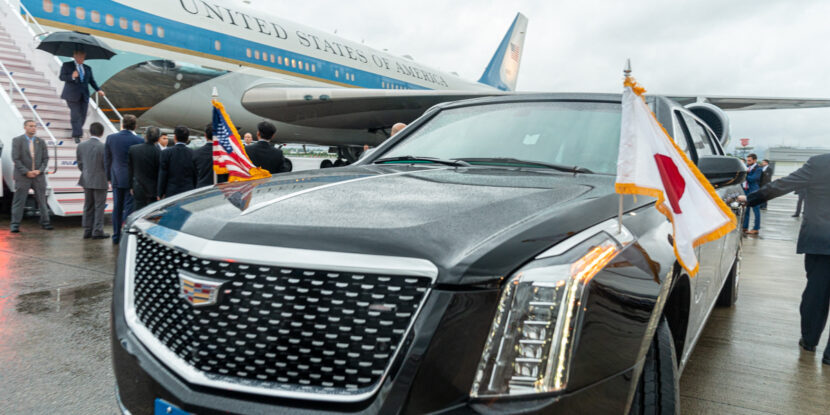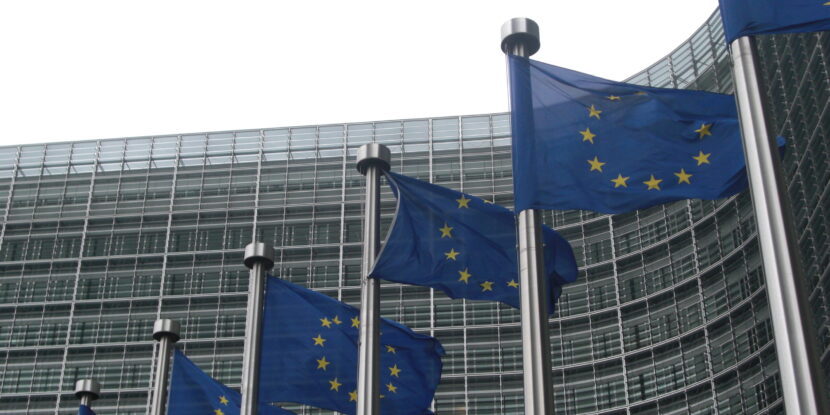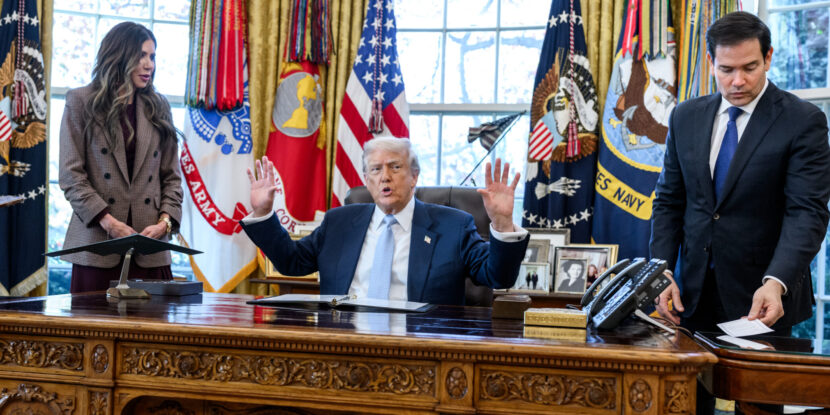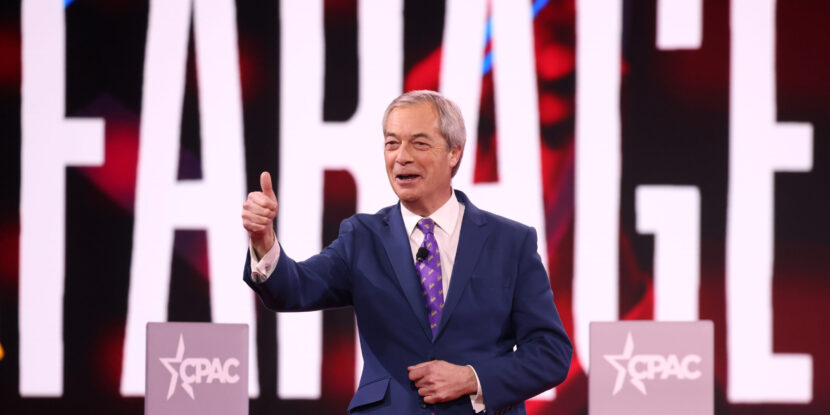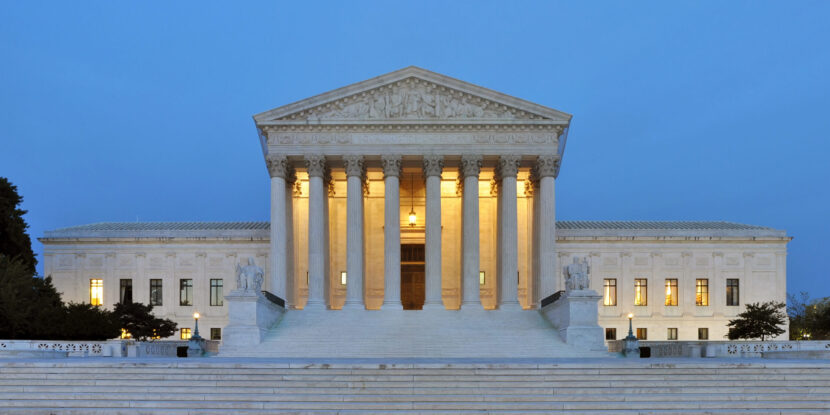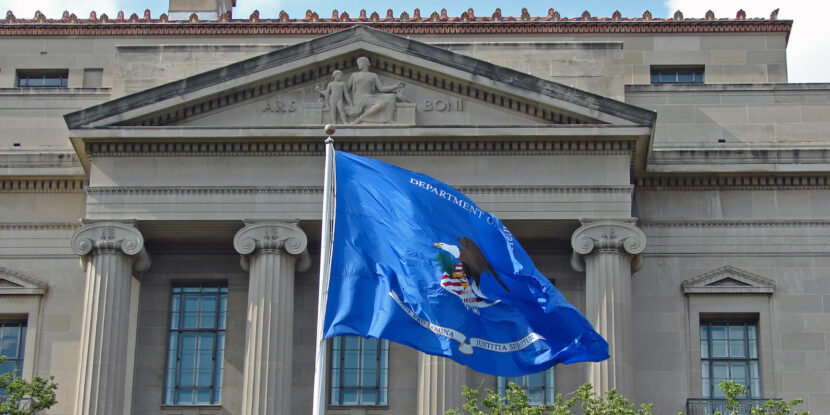PULSE POINTS:
❓What Happened: The U.S. and Japan held talks on America’s extended deterrence, focusing on nuclear and missile defense amidst China’s military expansion.
👥 Who’s Involved: U.S. State Department, Pentagon, Japanese foreign and defense ministries, Japanese Embassy in Washington, D.C.
📍 Where & When: Extended Deterrence Dialogue (EDD) at Barksdale Air Force Base, Louisiana, June 5-6, 2025.
💬 Key Quote: “This [EDD] advanced President Trump’s determination to pursue a new golden age for U.S.-Japan relations,” a U.S. State Department official said.
⚠️ Impact: Strengthened U.S.-Japan defense ties and extended deterrence against growing threats from China and North Korea.
IN FULL:
The United States and Japan recently convened for an Extended Deterrence Dialogue (EDD) at Barksdale Air Force Base in Louisiana on June 5 and 6, 2025, to discuss strategic defense measures amidst China’s escalating military advancements. The talks focused on America’s extended deterrence, often referred to as the “nuclear umbrella,” which commits the U.S. to defend Japan and over 30 other allies against nuclear and non-nuclear threats.
The U.S. delegation included representatives from the State Department and the Pentagon, while Japan was represented by officials from its foreign and defense ministries, as well as the Japanese Embassy in Washington, D.C. The discussions, hosted by the U.S. Air Force Global Strike Command, examined nuclear and missile defense strategies, with both nations reaffirming their commitment to bolstering regional security.
A U.S. State Department official described the dialogue as advancing President Donald J. Trump’s vision of a “new golden age” in U.S.-Japan relations. The U.S. Air Force Global Strike Command emphasized the strength of America’s alliances, stating, “Our network of allies and partners in the Euro-Atlantic and the Indo-Pacific is an asymmetric advantage that our adversaries can never hope to match.”
The Japanese delegation toured the U.S. Air Force Global Strike Command’s training facilities and examined the B-52H strategic bomber fleet, a key component of America’s nuclear triad. The U.S. operates 76 B-52H bombers, 46 of which are capable of carrying nuclear cruise missiles. Last month, some of these bombers were deployed to Guam, a critical U.S. military hub in the Pacific.
The EDD, established in 2010, has become a cornerstone of U.S.-Japan defense cooperation, with recent meetings held at key sites within the U.S. nuclear triad. Last year, Japanese officials visited Francis E. Warren Air Force Base in Wyoming to observe the Minuteman III intercontinental ballistic missile (ICBM) mission.
As China continues its rapid nuclear expansion—now estimated to possess over 600 warheads, the third-largest arsenal globally—the U.S. is also expected to enhance its extended deterrence commitments to South Korea to counter North Korea‘s growing nuclear and missile threats.
